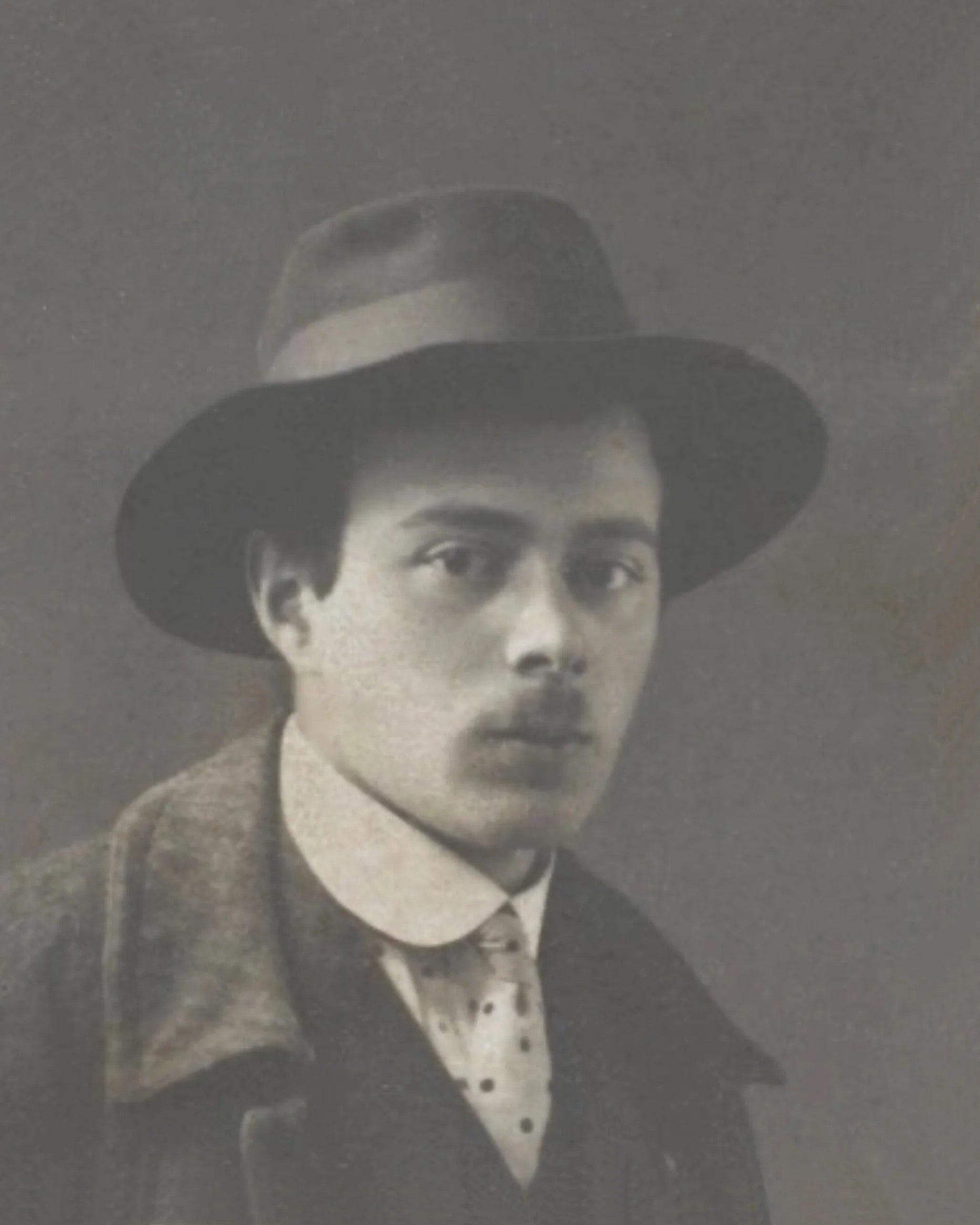
El Lissitzky

Lazar Markovich Lissitzky, better known as El Lissitzky, was a key figure in 20th-century avant-garde art, known for his work in Suprematism and his influence on Constructivism. Born in 1890 in Pochinok, Russia, El Lissitzky began his career in architecture and graphic design, using these mediums to explore new forms of artistic expression. His collaboration with Kazimir Malevich in Suprematism marked a milestone in his career, allowing him to develop his iconic "Proun" series, which sought to integrate painting and architecture into a single artistic discipline.
El Lissitzky also played a fundamental role in the Bauhaus, where he influenced graphic design, typography, and art education. His innovative use of typography and photomontage laid the foundations for modern graphic design, and his focus on functionality and aesthetics influenced generations of designers. Among his closest contemporaries were Aleksandr Rodchenko and László Moholy-Nagy, who shared his vision of art that could transform society.
One of El Lissitzky's most enduring legacies is his work in editorial design, particularly in the magazine "Veshch," where he used graphic design as a tool for communication and propaganda. His interdisciplinary approach was also reflected in his collaborations with architects and designers, promoting a vision of art that integrated all forms of visual and spatial expression.
El Lissitzky influenced many artists and movements, including Swiss graphic design and abstract art. His innovations in composition and the use of space have been studied and adopted by artists and designers worldwide, cementing his position as one of the pioneers of modernism.
In addition to his impact on visual art, El Lissitzky was a fervent advocate for artistic education, working as a professor at the Bauhaus and other institutions, where he promoted the integration of theory and practice in the training of artists. His vision of functional and socially committed art remains relevant to this day.
